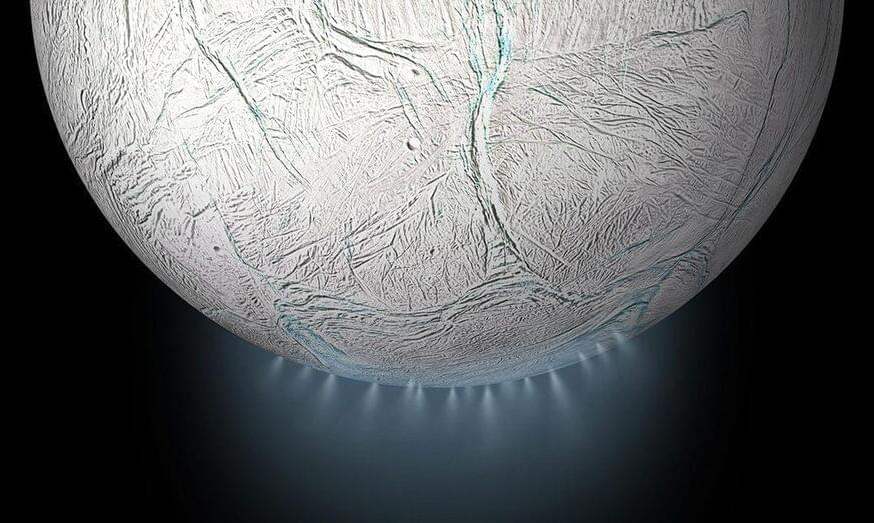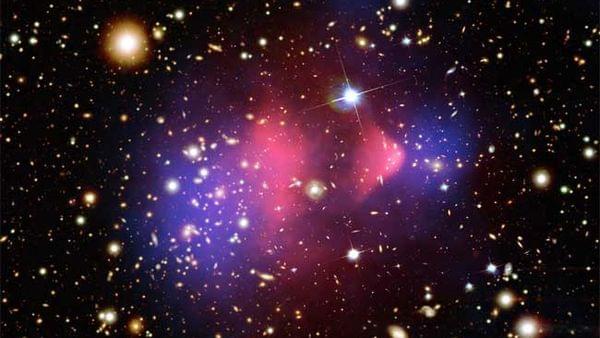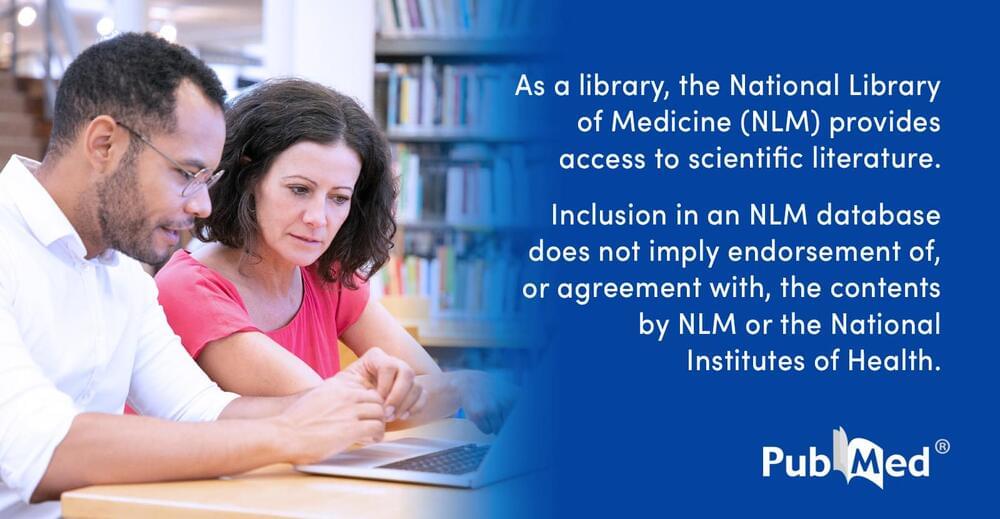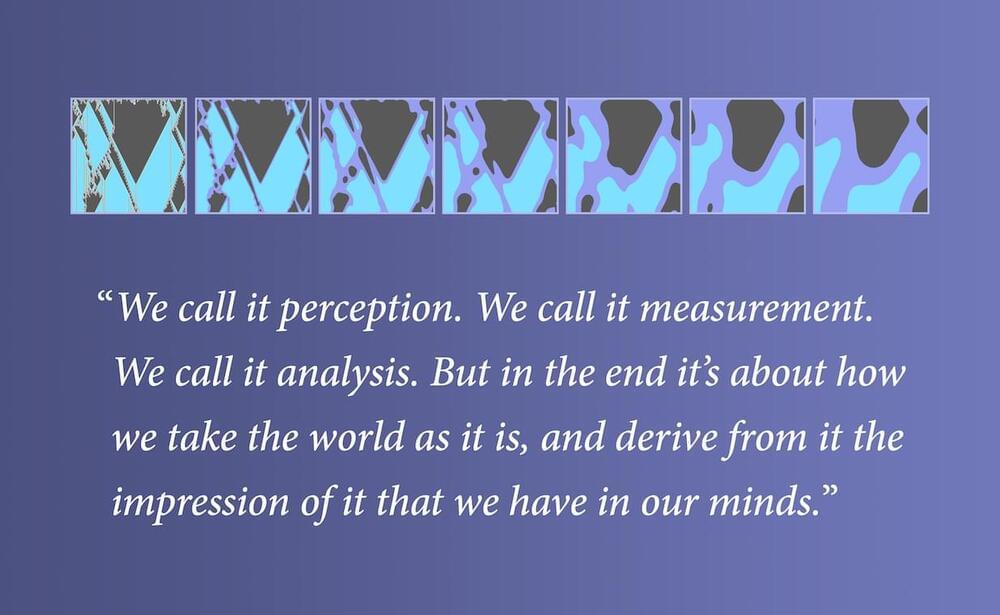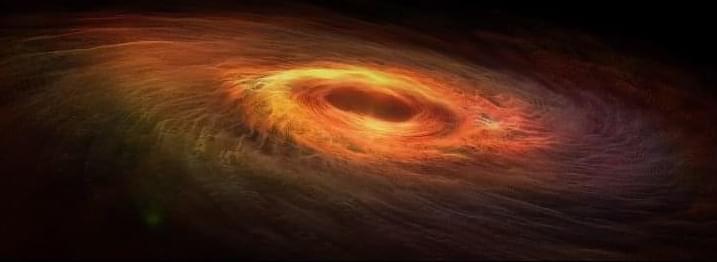Enceladus’ ice plumes may hold the building blocks of life. Researchers have shown unambiguous laboratory evidence that amino acids transported in the ice plumes of Saturn’s moon, Eceladus, can survive impact speeds of up to 4.2 km/s, supporting their detection during sampling by spacecraft.
As astrophysics technology and research continue to advance, one question persists: is there life elsewhere in the universe? The Milky Way galaxy alone has hundreds of billions of celestial bodies, but scientists often look for three crucial elements in their ongoing search: water, energy and organic material. Evidence indicates that Saturn’s icy moon Enceladus is an ‘ocean world’ that contains all three, making it a prime target in the search for life.
During its 20-year mission, NASA’s Cassini spacecraft discovered that ice plumes spew from Enceladus’ surface at approximately 800 miles per hour (400 m/s). These plumes provide an excellent opportunity to collect samples and study the composition of Enceladus’ oceans and potential habitability.
